Potala Palace
Located in the northwest of Lhasa, the capital of Tibet Autonomous Region of China, Mount Mabhuri is the world's highest elevation magnificent building with palaces, castles and temples. It is also the largest and most complete ancient castle complex in Tibet.
The Potala Palace is built on a hillside with overlapping buildings, beautiful palaces and magnificent momentum. It is an outstanding representative of ancient Tibetan architecture (said to originate from Sangzhuzi Fortress). It is the quintessence of ancient Chinese architecture and the fifth set of landscape patterns on the back of RMB 50 notes. The main building is divided into two parts: the White House and the Red Palace. Gong Diangao is more than 200 meters, with 13 layers and 9 layers. Potala Palace square in front of Potala Palace is the highest city square in the world.
Potala Palace was first built by Song Xan Gan Bbu, a Tubo Dynasty, to marry Princess Ulun and Wencheng princess. In 1645 (the second year of the reign of the Qing Dynasty), Gushihan, the patron of the Qing Dynasty, and Sonan Qunpei, the Regent of the Gelug sect, rebuilt the Potala Palace. After rebuilding the Palace, he became the residence of the Dalai Lama's Winter Palace in successive dynasties and the site of major religious and political ceremonies. For the ruling center.
Potala Palace is the holy land of Tibetan Buddhism (Gelu sect). There are numerous pilgrims and tourists here every year. In March 1961, the State Council listed it as the first batch of national key cultural relics protection units; in December 1994, UNESCO listed it as a world cultural heritage; in January 2013, the National Tourism Administration also listed it as the national AAAAA tourist attractions.
Explanation: Because of the similar architectural style, there are several buildings called the Little Potala Palace: Jigazi Castle in Xigaze and Sangzhuzi Castle (most like), Zandan Temple in Naquso County, Putuo Zongzheng Temple in Hebei Summer Resort, and Xiaodeng Temple in Naqu County.
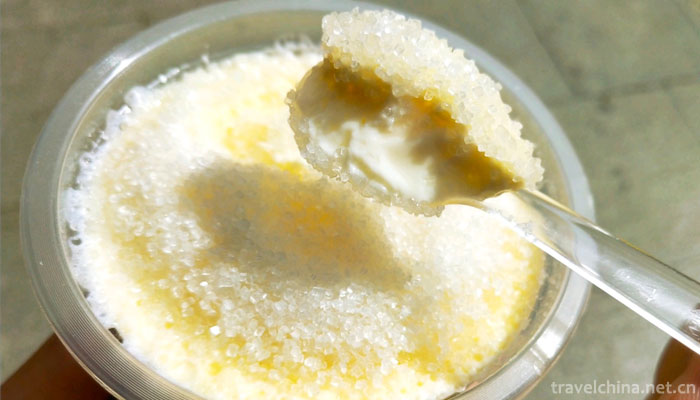
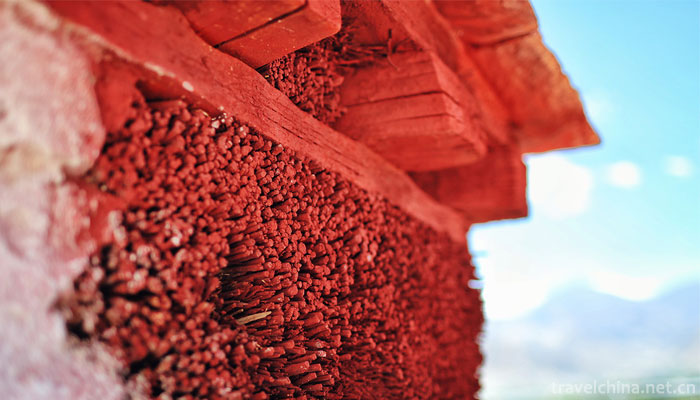
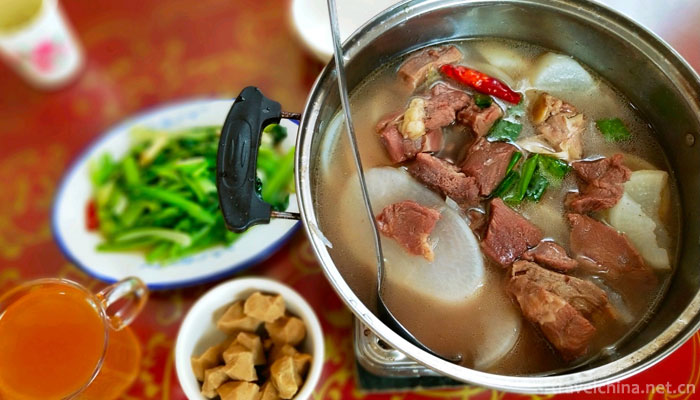
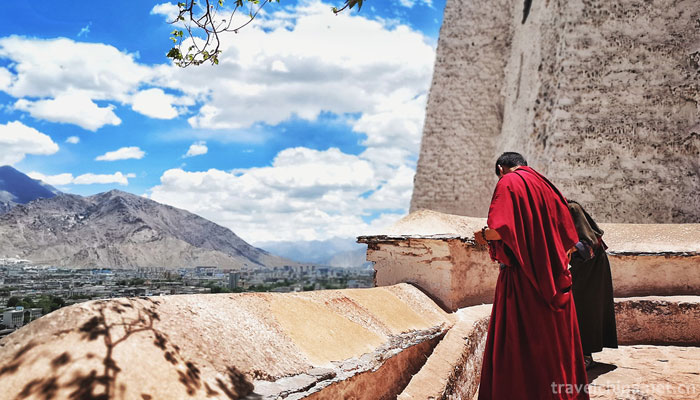

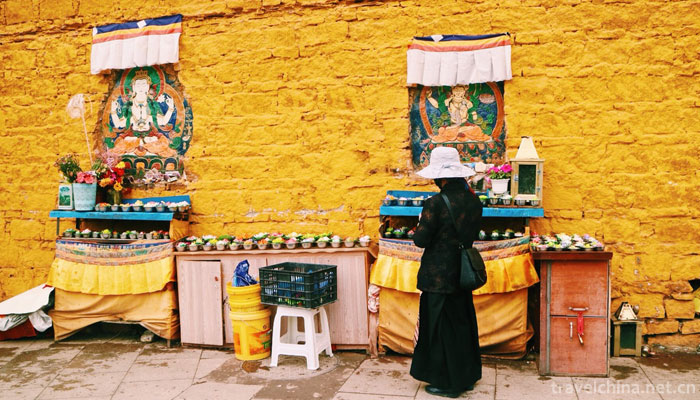

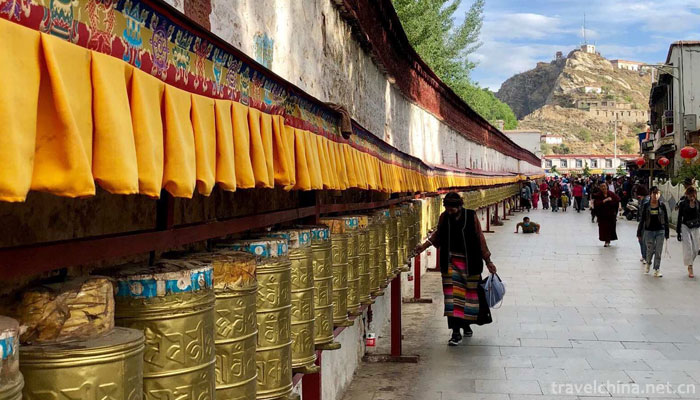
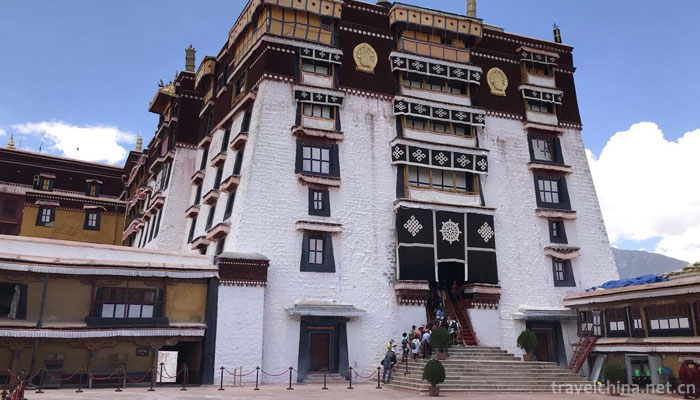
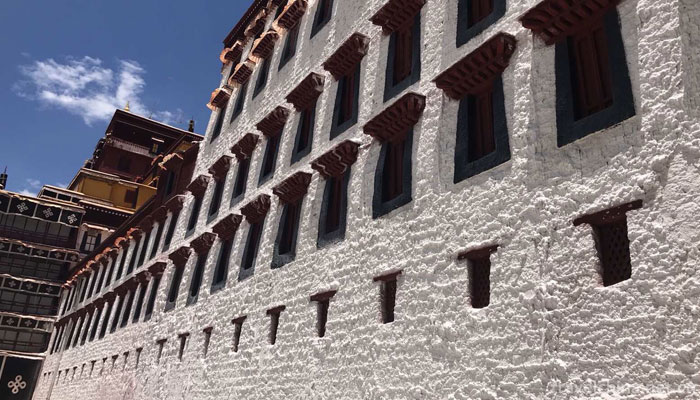
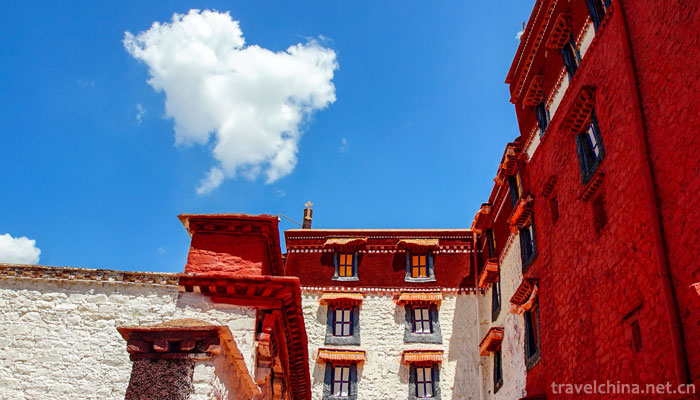
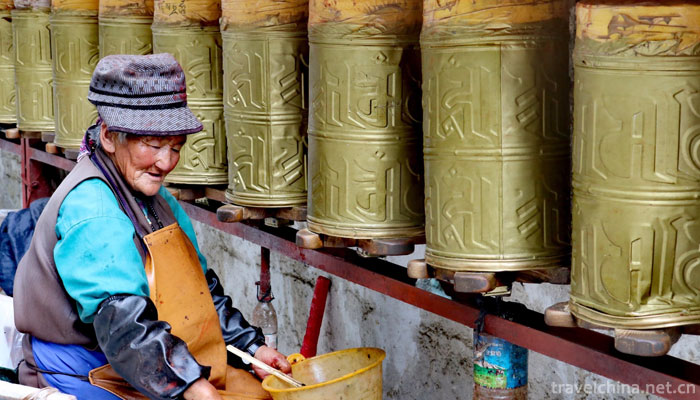
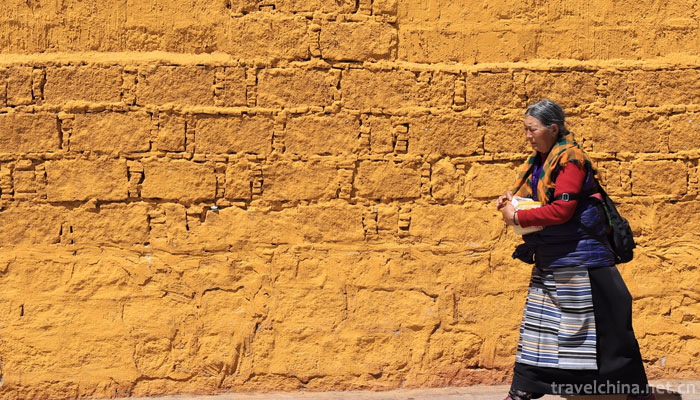
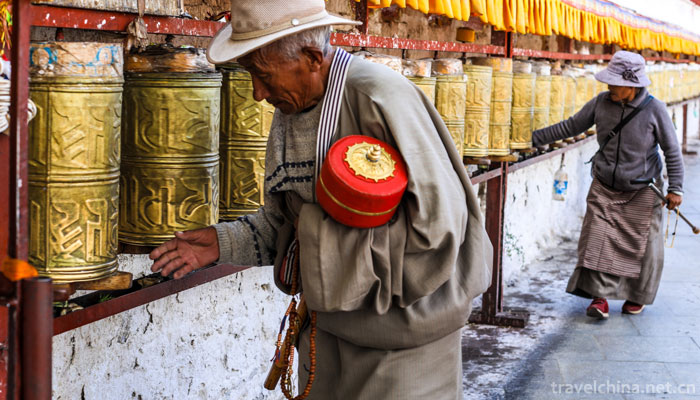
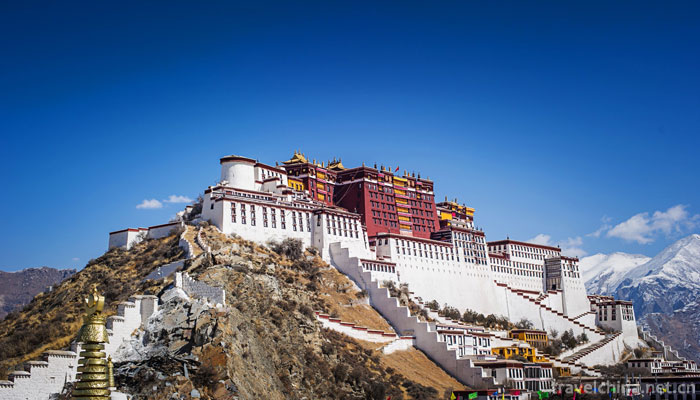
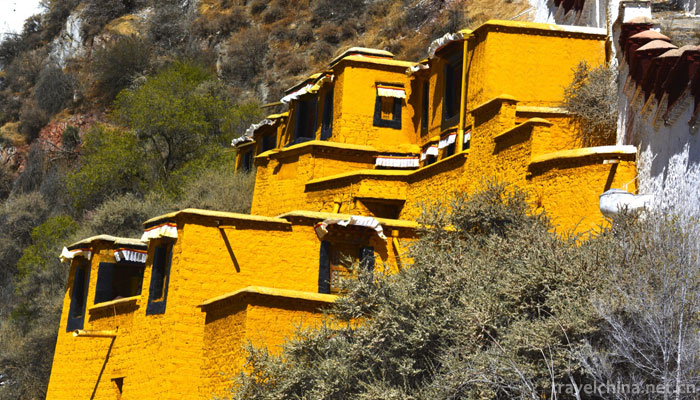
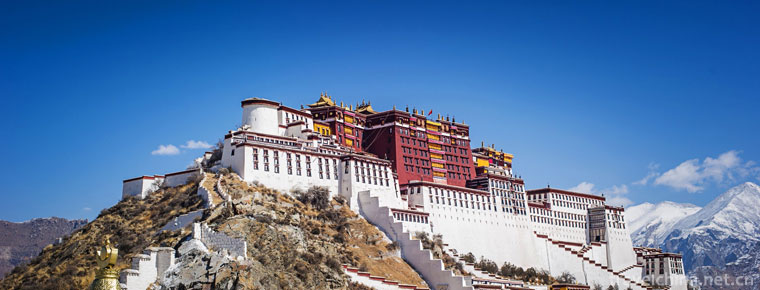
-
1.Shennongjia Forestry DistrictHubei Shennongjia
Shennongjia Forest District, referred to as Shennongjia for short, was established in 1970 with the approval of the State Council and directly under the jurisdiction of Hubei Province.
Time 2018-10-28 -
2.Beijing Ocean Hall
Beijing Ocean Hall, located on the North Bank of Changhe River in Beijing Zoo, is adjacent to Beijing Exhibition Hall, Astronomical Museum and Capital Stadium in the south. It covers an area of 120,00
Time 2018-12-26 -
3.Straw weaving
Grass weaving is a popular folk handicraft. It makes use of the grass produced in different places to make materials locally and weave into various daily necessities
Time 2019-04-15 -
4.Percussion music
Percussion is one of the traditional Chinese instrumental music. Music played by two kinds of musical instruments, i.e. playing and playing, is commonly known as Gong and drum or drum music in Chinese
Time 2019-04-22 -
5.Brewing technology of soy sauce
Qian Wanlong soy sauce brewing technology is the traditional soy sauce brewing technology of Shanghai Bengang, and it is an ancient local traditional handicraft technology.
Time 2019-05-06 -
6.Chord music
The mouth string is also known as the sounding strip, the strip spring and the mouth spring. It is a small musical instrument which is deeply loved by the minority compatriots. The content of playing
Time 2019-05-10 -
7.Miao New Year
Miao year, the first year of the Miao calendar, is the most solemn traditional festival of the Miao people. The time spent in different areas varies from September to the first month of the lunar cale
Time 2019-06-05 -
8.Aquatic horsetail embroidery
Horsetail embroidery is a special embroidery technique inherited from generation to generation by Chinese aquarium women, which is the oldest and most national characteristic. It takes horse tail as a
Time 2019-06-16 -
9.Raise the Pavilion
Lifting the pavilion, also known as the pavilion, is a unique traditional folk dance that integrates historical stories, myths and legends, and integrates painting, opera, tie-up, paper sculpture, acr
Time 2019-06-18 -
10.Yicheng Qinshu
Yicheng Qinshu is called "Qinshu" because its main accompaniment instrument is Yangqin. Yicheng Qinshu is an ancient traditional folk art. Legend has it that it originated in the late Yuan D
Time 2019-07-13 -
11.Beijing Information Science And Technology University
Beijing Information Science and Technology University (Beijing Information Science and Technology University), located in Beijing City, is a city with a coordinated development of engineering, managem
Time 2019-09-21 -
12.Zhaojue Temple
Zhaojue temple, located 5 kilometers north of Chengdu, is known as "the first Zen forest in Western Sichuan". It was changed into a Buddhist temple in the Tang Dynasty (627-649) and named Jianyuan temple.
Time 2020-10-18